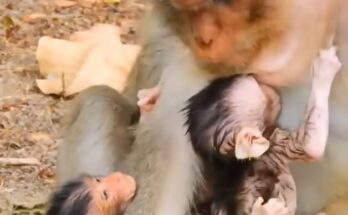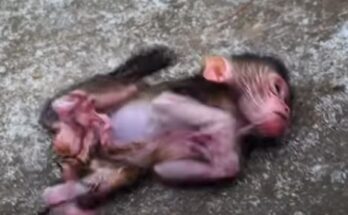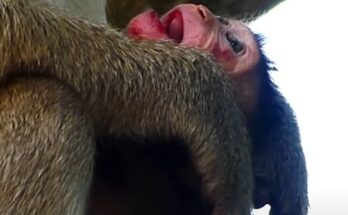Japan is known for its breathtaking natural landscapes, deep-rooted traditions, and unique wildlife. Among its most famous animal inhabitants are the Japanese macaques, commonly known as snow monkeys. These intelligent and highly social primates have captivated the hearts of travelers and wildlife enthusiasts worldwide, particularly for their remarkable behavior of soaking in natural hot springs during the frigid winter months.
The Habitat of Snow Monkeys
Snow monkeys (Macaca fuscata) are native to Japan and are the northernmost-living non-human primates in the world. They thrive in various environments, from subtropical forests to snow-covered mountainous regions. However, they are most famously associated with the Japanese Alps, particularly in Jigokudani Monkey Park in Nagano Prefecture. The park, whose name means “Hell Valley” due to its volcanic steam vents, provides a perfect habitat for these monkeys to survive the harsh winters, thanks to the presence of natural hot springs.
The Hot Spring Bathing Phenomenon
One of the most fascinating behaviors of the snow monkeys is their love for hot springs. During winter, when the landscape is blanketed in deep snow and temperatures plummet below freezing, these monkeys descend from the trees and rocky cliffs to seek warmth in the steamy onsen (hot springs). This behavior was first observed in the 1960s when a young monkey was seen entering a man-made hot spring at a nearby ryokan (traditional Japanese inn). Soon, others followed, and eventually, an artificial hot spring was created exclusively for the monkeys within the Jigokudani Monkey Park.
The sight of these fluffy primates lounging in the warm water, their faces red from the steam, is a truly mesmerizing spectacle. They appear almost human-like as they relax, close their eyes, and even groom one another while soaking. This unique adaptation helps them conserve energy and maintain body warmth during the extreme winter conditions.
Social Structure and Behavior
Snow monkeys live in complex matriarchal societies, with strong bonds formed between family members. Grooming is an essential part of their social structure, strengthening relationships and reducing tension within the group. Observing these interactions in the hot springs provides insight into their sophisticated communication and hierarchy.
Despite their serene appearance while bathing, snow monkeys are highly intelligent and sometimes mischievous. They have been known to steal food from tourists and exhibit problem-solving skills when foraging. Their adaptability is evident in their ability to survive in diverse environments, from snowy mountains to warm lowlands.
Visiting Jigokudani Monkey Park
For those wishing to witness this extraordinary wildlife encounter, Jigokudani Monkey Park offers a rare opportunity. The best time to visit is during the winter months, from December to March, when the snow-covered landscape enhances the beauty of the steaming hot springs. A scenic hike through the forest leads visitors to the park, where they can observe the monkeys up close.
Snow monkeys and hot springs provide a captivating glimpse into Japan’s rich wildlife and cultural connection to nature. This unforgettable experience is a must-see for nature lovers, photographers, and anyone looking for a truly unique encounter with wildlife.


